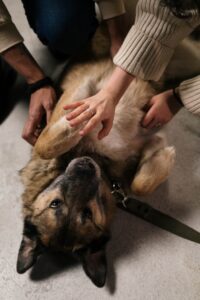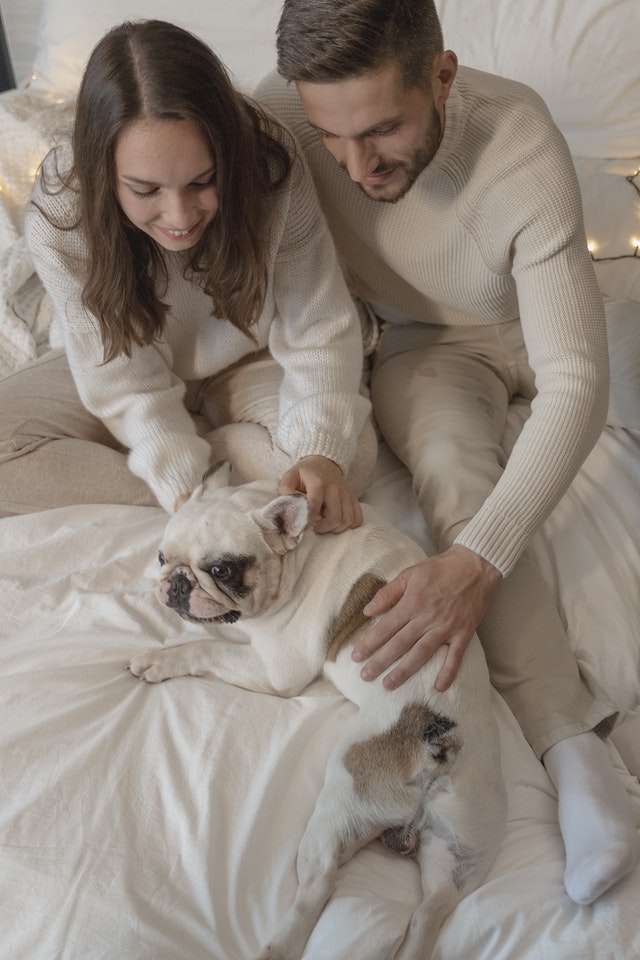How to Choose the Right Dog Breed for Your Family?

Contents
Not sure where to begin when choosing a family dog? Here are some suggestions
I’ll start off by saying that almost all breeds make good family pets, but it all depends on your personal preferences and goals. Are you looking for a highly protective breed? Does your family include children? How about a dog that you can exercise with, or one that you can lounge around the house or apartment with? The following questions are a good place to start when selecting a pet. If you and your family frequent hikes or enjoy the outdoors, then getting a bulldog doesn’t make sense. Additionally, if you wanted to hang out in your apartment all day, you wouldn’t want a Siberian Husky.
Your search for information led you to this specific page if you’re like me, searching the internet for answers. As I know this can be a difficult decision for you, I am here to help you. So, let’s jump right into it.
Golden Retriever
Among my favorite family breeds, this breed is by far my favorite. Their disposition is loving and affectionate, and they are willing to please / easily trained. It is important to remember that they were originally bred to be working dogs, hence their need for activity.
- Personality: Friendly, loyal, and intelligent.
- This dog requires daily exercise and is energetic.
- Child-friendly: Yes
- Getting along with other dogs: Yes
- Shedding occurs seasonally
- Occasionally groomed
- Dog parents who are new to dog training will benefit from this as well.
- A height of 23-24 inches (male), 22-25 inches (female)
- Weighs 65-75 pounds (males), 55-65 pounds (females)
- 10-12 years is the average life expectancy
Bulldog
With their dependability and predictability, the Bulldog is a wonderful family pet. Their breed tends to be very people-oriented, and they will often actively seek out your attention, so prepare to rub their belly a lot!
The most common complaint is that they get along well with other family pets and like to lounge around the house. Their physical activity requirements are low.
- A calm, courageous, humorous, and friendly personality
- Physical activity: Not excessive, but a daily walk and some occasional playtime are required.
- Child-friendly: Yes
- Getting along with other dogs: Yes
- Shedding occurs seasonally
- Grooming: Brush at least once a week
- Training: Respond effectively
- The height is 14-15 inches
- Weight: 50 pounds for males, 40 pounds for females
- Eight to ten years is the average life expectancy
Beagle
The breed is friendly, playful, and loving, making it an excellent family dog. Beagles are considered one of the best dog breeds for families due to their affectionate and gentle nature. Because of their docile nature, they can adapt well to most living situations, but a house with a fenced-in backyard is ideal. The beagle is an energetic dog, so they thrive in a family that provides a lot of playtime and daily exercise.
- Personality: Friendly, curious, and happy
- Play time is required since he is very energetic.
- Child-friendly: Yes
- Getting along with other dogs: Yes
- Shedding occurs seasonally
- Weekly grooming
- Training: Respond effectively
- The minimum height is 13 inches, the maximum is 15 inches
- Weigh: under 20 pounds (under 13 inches), 20-30 pounds (13-15 inches)
- Ten to fifteen years is the average life expectancy
Pug
As this breed loves and thrives on human affection, pugs are best suited for people with a lot of time and love to give. Pugs are considered among the gentlest and most passive breeds. Whether it’s an apartment or a house, pugs are able to adapt well to most living situations. They tolerate children’s prodding, are less likely to nip or bite than others, and are protective of their family members. Playing games and romping is their favorite activity, so they are perfect for a family with children.
- Personality: Calm, charming, and loving
- Having strong legs and a healthy curiosity, pugs have a moderate energy level. They require daily mental stimulation.
- Good with children: better under supervision
- Good with other dogs: When supervised
- Regularly sheds:
- Grooming: Brush at least once a week
- Adaptability: Agreeable, but with a stubborn streak.
- Ten to thirteen inches in height
- Body weight: 14-18 pounds
- 13 to 15 years is the average life expectancy
German Shepherd
In final thoughts, I would like to mention my personal favorite breed – the German Shepherd.
A properly socialized and trained German shepherd can be a very gentle companion and family protector. They enjoy playing and being with their family members. German Shepherds make excellent companions and family protectors. This breed, if properly trained, is a good choice for families with children because of its intelligence and protective demeanor.
- Intelligent, faithful, obedient, and loving
- Quite active and in need of a lot of stimulation
- Child-friendly: Yes
- With proper socialization, can be good with other dogs
- Regularly sheds:
- Grooming: Brush at least once a week
- The dog is easy to train because it is eager to please.
- Female height: 22-24 inches, male height: 24-46 inches
- Males weigh 66 to 88 pounds, females 49-71 pounds
- Nine to thirteen years of life expectancy
You have a lot more options than the five listed here, but these are the most popular. You and your family will benefit in the long run from proper research and knowledge. Before deciding on a dog breed, make sure you know what you’re getting yourself into, and that your pup is a lifelong member of your family.
Wishing you good luck!




